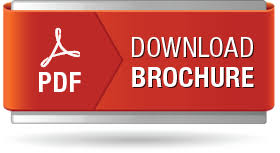
Seema Kambala
Datta Meghe Institute of Medical Sciences (Deemed to be University), India
Title: Demystifiying the recognition…an overview on coding of prosthesis
Biography
Biography: Seema Kambala
Abstract
Forensic dentistry dates back to 1977 in which the body of Hitler was identified using dental records and prosthesis. Forensic odontology is the forensic science that deals with dental evidence. Medico legal importance of denture marking systems include-identification of dead when all means have failed, identification of individuals for forensic and other reasons, in cases of mass causalities etc. There are various methods that are used for identification of an individual. These include tattoos, fingerprint, DNA analysis. Dentist can play a vital role in forensic dentistry. The prosthesis fabrication can be coded by various ways and can be a method for identification of individual. Thus, the prosthesis can be invaluable tool in identification of an individual when all other methods fail. There is various requirement for coding of prosthesis like strength must not be hampered, should be efficient, should withstand fire and humidity, should be economical, should be cosmetically acceptable and the mark should be inert. Recent advances for coding of prostheses include QR coding, bar code, RFID etc. RFID is a wireless use of electromagnetic field to transfer data for identification and tracking purpose. etc. Bar code and QR code are usually used with commercially available products. The advantage of all this includes it can hold large amount of data, especially in institutions where there are multiple patients. These methods include surface methods and inclusion methods. They are further divided into method used for fixed partial prosthesis and for complete denture prosthesis. This presentation presents a review of different methods used for marking of prosthesis in individuals.

